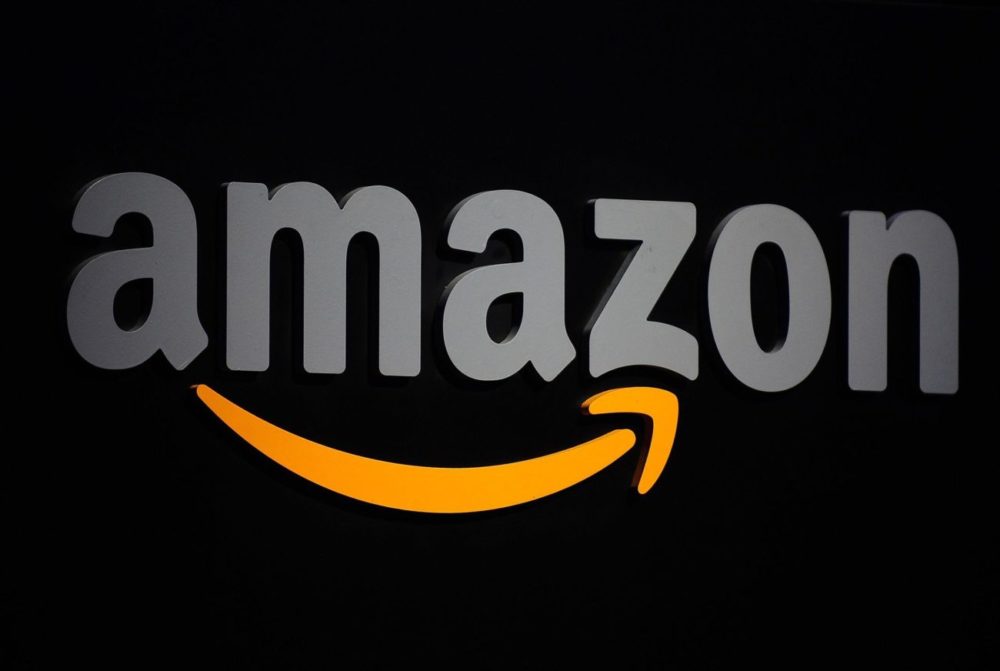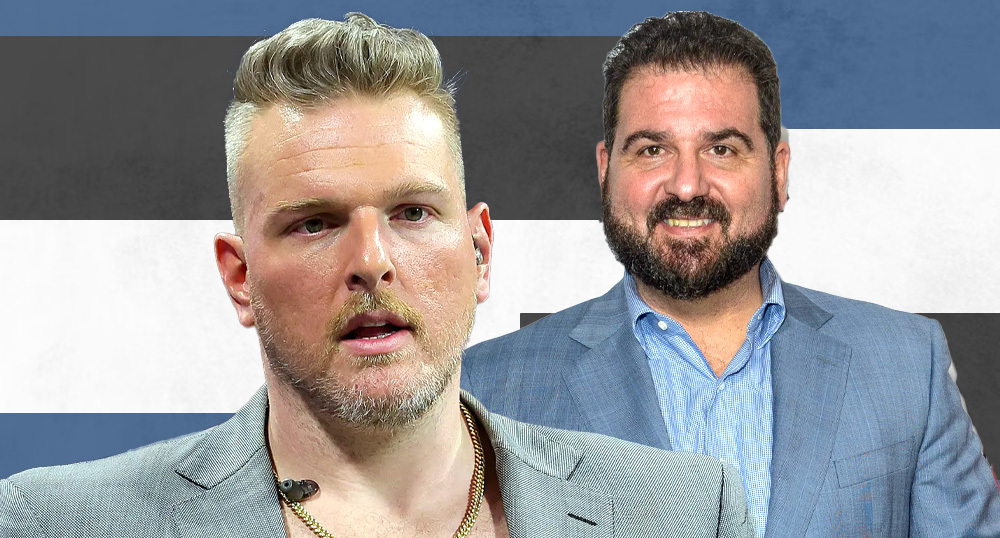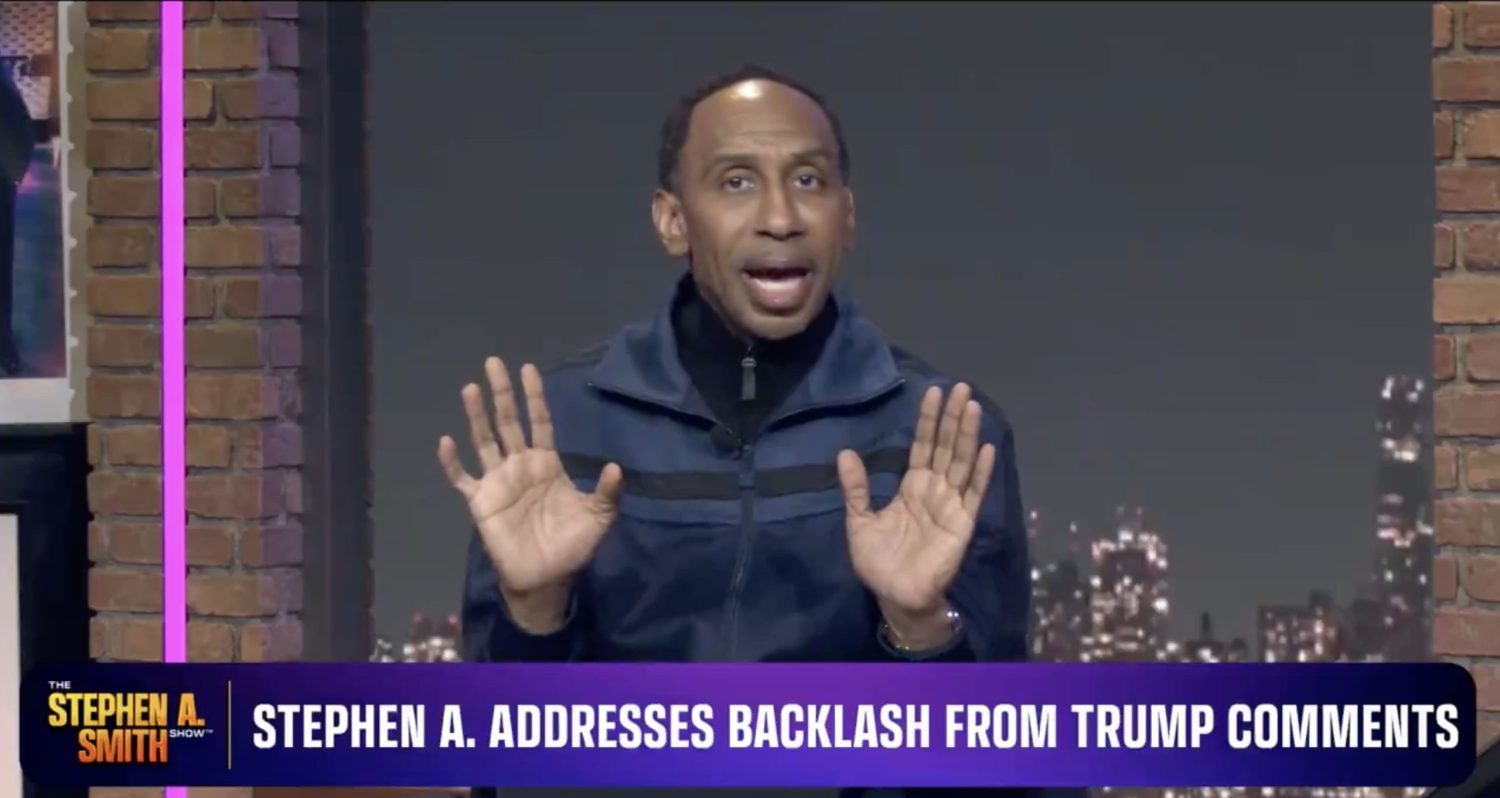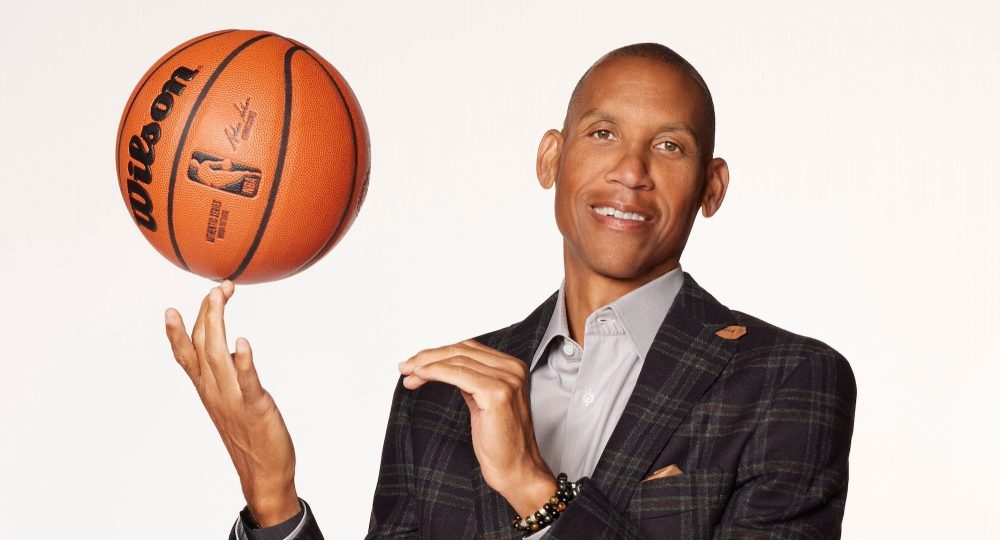On Thursday night, the Bears and Packers will take part in another edition of their long and storied rivalry. And while there’s going to be plenty of NFL history on display, Amazon is going to make a bit of history on their own; this week marks the first game in their $50 million streaming deal.
Thursday Night Football will still be aired on CBS (and the NFL Network), but Prime subscribers will also have the option to stream it through Prime Video on their computers or mobile devices, or through Fire TV, or essentially any other way you would traditionally watch Prime Video. But although Amazon is selling some ads for their broadcasts (at a fairly high rate), they’re not limited to the traditional sports broadcasting model of “attract viewers then sell ads”.
Variety released a piece today on the deal, and what Amazon hopes to get out of it. Unsurprisingly, the focus is on attracting more Prime subscribers, one of Amazon’s core concepts:
That’s because its key objective with the NFL deal — along with the rest of the Prime Video service, for which it’s spending an estimated $4.5 billion this year on content — is to drive new subscribers to the Amazon Prime membership program. It was widely reported that Amazon is paying $50 million for the “TNF” rights, which would be five times what Twitter paid last year. Sources familiar with the pact say the outlay is actually much lower; in any case, it’s little more than a rounding error for Amazon, which generated $136 billion in sales in 2016.
Even at the high end, consider that 500,000 new Prime subscribers, paying $99 annually, would offset the reported $50 million price tag for NFL rights. And that doesn’t even include sales of advertising for the games or purchases by Prime members, who spend more on products and services than non-Prime users.
“They can monetize [the NFL rights] through additional transactions,” says Wall Street analyst Michael Nathanson. “That’s unlike anything that Facebook or YouTube could do.”
It’s important to note that in addition to generating new subscribers, Amazon is constantly looking to give current Prime subscribers reason to maintain their memberships. Continuing to add features is a key strategy. It also targets cord-cutters, the demographics of which likely align with the demographics of people who would be subscribing to Prime in the first place.
Amazon has a few more ideas on how to make their investment work for them; Variety points out everything from pushing targeted team apparel ads during the game to newest Amazon toy Whole Foods delivering snacks on game day.
But it’s this section on real-time advertising results that stands out:
And it only makes sense that, in its football pitch to advertisers, Big Data is part of the Amazon playbook. The company has access to a portion of the ad inventory in the broadcasts of the game provided by “TNF” TV rights holders CBS and NBC. For the advertisers in the Amazon stream — which in the U.S. include Showtime, Pepsi, Under Armour and Gillette — the e-tailer will report the actual purchase data of Prime users who saw their ads and then bought the sponsor’s goods or services.
That, the company says, represents the first time anyone’s brought together e-commerce metrics and TV. Amazon also is planning to slot in its own ads during the games.
That would seem like somewhat invaluable data for advertisers; Amazon has consumer data and information on file for a wealth of Prime subscribers, and can track their immediate purchase histories along with their past purchase histories. That kind of feedback would, in theory, help companies see which ads were driving which sales, and retool and adjust accordingly. Television networks don’t have that extra information on the back end, and it’s this kind of information that makes selling ads on Amazon worth more than selling ads on a regular television network.
It’s a natural evolution of the traditional broadcast model, and a simple matter of quality over quantity. People are far more engaged with their Amazon accounts than they are with CBS, and there’s hard data to a degree far beyond what Nielsen can measure. If it all sounds kind of sinister, well, welcome to modern commerce.
There’s no such thing as free two-day shipping.
[Variety]






